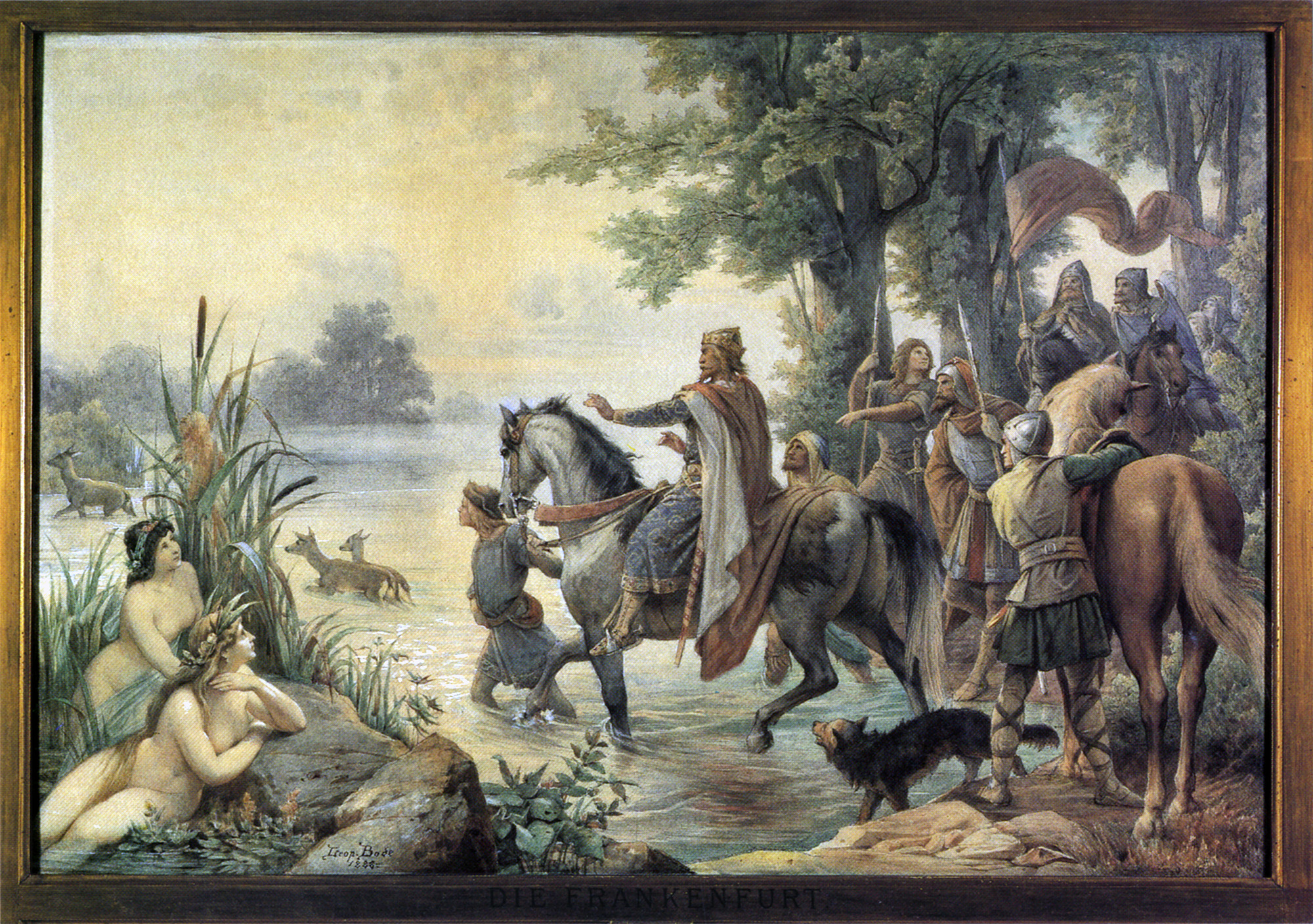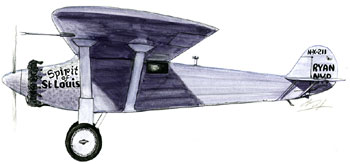|
Carl Gräbe
Carl Graebe (; 24 February 1841 – 19 January 1927) was a German industrial and academic chemist from Frankfurt am Main who held professorships in his field at Leipzig, Königsberg, and Geneva. He is known for the first synthesis of the economically important dye, alizarin, with Liebermann, and for contributing to the fundamental nomenclature of organic chemistry. Biography Graebe was born in Frankfurt in 1841. He studied at a vocational high school in Frankfurt and Karlsruhe Polytechnic and in Heidelberg. Later he worked for the chemical company ''Meister Lucius und Brüning'' (today Hoechst AG). He supervised the production of Fuchsine and researched violet colorants made using iodine. The work with iodine resulted in eye problems, so he returned to academia. Carl Graebe received his Ph.D. from the University of Heidelberg in 1862 under the supervision of Robert Wilhelm Bunsen. In 1868 he wrote his habilitation, and became a professor in University of Leipzig. Graebe ... [...More Info...] [...Related Items...] OR: [Wikipedia] [Google] [Baidu] |
Frankfurt Am Main
Frankfurt am Main () is the most populous city in the States of Germany, German state of Hesse. Its 773,068 inhabitants as of 2022 make it the List of cities in Germany by population, fifth-most populous city in Germany. Located in the foreland of the Taunus on its namesake Main (river), Main, it forms a continuous conurbation with Offenbach am Main; Frankfurt Rhein-Main Regional Authority, its urban area has a population of over 2.7 million. The city is the heart of the larger Rhine-Main metropolitan region, which has a population of more than 5.8 million and is Germany's Metropolitan regions in Germany, second-largest metropolitan region after the Rhine-Ruhr metropolitan region, Rhine-Ruhr region and the List of EU metropolitan regions by GDP#2021 ranking of top four German metropolitan regions, fourth largest metropolitan region by GDP in the European Union (EU). Frankfurt is one of the ''de facto'' four main capitals of the European Union (alongside Brussels, Luxembourg Cit ... [...More Info...] [...Related Items...] OR: [Wikipedia] [Google] [Baidu] |
1927 Deaths
Events January * January 1 – The British Broadcasting ''Company'' becomes the BBC, British Broadcasting ''Corporation'', when its Royal Charter of incorporation takes effect. John Reith, 1st Baron Reith, John Reith becomes the first Director-General. * January 7 ** The first transatlantic telephone call is made ''via radio'' from New York City, United States, to London, United Kingdom. ** The Harlem Globetrotters exhibition basketball team play their first ever road game in Hinckley, Illinois. * January 9 – The Laurier Palace Theatre fire at a movie theatre in Montreal, Quebec, Canada, kills 78 children. * January 10 – Fritz Lang's futuristic film ''Metropolis (1927 film), Metropolis'' is released in Germany. * January 11 – Louis B. Mayer, head of film studio Metro-Goldwyn-Mayer (MGM), announces the creation of the Academy of Motion Picture Arts and Sciences, at a banquet in Los Angeles, California. * January 24 – U.S. Marines United States occ ... [...More Info...] [...Related Items...] OR: [Wikipedia] [Google] [Baidu] |
1841 Births
Events January–March * January 20 – Charles Elliot of the United Kingdom and Qishan of the Qing dynasty agree to the Convention of Chuenpi. * January 26 – Britain occupies Hong Kong. Later in the year, the first census of the island records a population of about 7,500. * January 27 – The active volcano Mount Erebus in Antarctica is discovered, and named by James Clark Ross. * January 28 – Ross discovers the "Victoria Barrier", later known as the Ross Ice Shelf. On the same voyage, he discovers the Ross Sea, Victoria Land and Mount Terror. * January 30 – **El Salvador proclaims itself an independent republic, bringing an end to the Federal Republic of Central America. **A fire destroys two-thirds of the city of Mayagüez, Puerto Rico. * February 4 – The first known reference is made to Groundhog Day, celebrated in North America, in the diary of a James Morris. * February 10 – The Act of Union (''British North America Act'', 1840) is proclaimed ... [...More Info...] [...Related Items...] OR: [Wikipedia] [Google] [Baidu] |
Chemical Synthesis
Chemical synthesis (chemical combination) is the artificial execution of chemical reactions to obtain one or several products. This occurs by physical and chemical manipulations usually involving one or more reactions. In modern laboratory uses, the process is reproducible and reliable. A chemical synthesis involves one or more compounds (known as '' reagents'' or ''reactants'') that will experience a transformation under certain conditions. Various reaction types can be applied to formulate a desired product. This requires mixing the compounds in a reaction vessel, such as a chemical reactor or a simple round-bottom flask. Many reactions require some form of processing (" work-up") or purification procedure to isolate the final product. The amount produced by chemical synthesis is known as the '' reaction yield''. Typically, yields are expressed as a mass in grams (in a laboratory setting) or as a percentage of the total theoretical quantity that could be produced based ... [...More Info...] [...Related Items...] OR: [Wikipedia] [Google] [Baidu] |
Pierre Robiquet
Pierre Jean Robiquet (; 13 January 1780 – 29 April 1840) was a French chemist. He laid founding work in identifying amino acids, the fundamental building blocks of proteins. He did this through recognizing the first of them, asparagine, in 1806, while working as an assistant for Louis Nicolas Vauquelin. He likewise laid founding work in the industry's adoption of industrial dyes, with the identification of alizarin in 1826, and in the emergence of modern medications, through the identification of codeine in 1832, an opiate alkaloid substance of widespread use with analgesic and antidiarrheal properties. Robiquet was born in Rennes. He was at first a pharmacist in the French armies during the French Revolution years, and became a professor at the École de pharmacie in Paris, where he died. Notable scientific achievements were among other things his isolation and characterization of properties of asparagine (the first amino acid to be identified, from asparagus, achieved. In ... [...More Info...] [...Related Items...] OR: [Wikipedia] [Google] [Baidu] |
Madder Root
''Rubia'' is the type genus of the Rubiaceae family of flowering plants, which also contains ''Coffea'' (coffee). It contains around 80 species of perennial scrambling or climbing herbs and subshrubs native to the Old World. The genus and its best-known species are commonly known as madder, e.g. ''Rubia tinctorum'' (common madder), '' Rubia peregrina'' (wild madder), and '' Rubia cordifolia'' (Indian madder). Uses ''Rubia'' was an economically important source of a red pigment in many regions of Asia, Europe and Africa. The genus name ''Rubia'' derives from the Latin ' meaning "red". The plant's roots contain an anthracene compound called alizarin that gives its red colour to a textile dye known as Rose madder. It was also used as a colourant, especially for paint, that is referred to as Madder lake. The synthesis of alizarin greatly reduced demand for the natural compound. In Georgia and Armenia, Rubia is used for dying Easter eggs red. History Several species, such a ... [...More Info...] [...Related Items...] OR: [Wikipedia] [Google] [Baidu] |
Dibenzyl Ketone
Dibenzyl ketone, or 1,3-diphenylacetone, is an organic compound composed of two benzyl groups attached to a central carbonyl group. This results in the central carbonyl carbon atom being electrophilic and the two adjacent carbon atoms slightly nucleophilic. For this reason, dibenzyl ketone is frequently used in an aldol condensation reaction with benzil (a dicarbonyl) and base to create tetraphenylcyclopentadienone. Vera Bogdanovskaia is credited with the classification of dibenzyl ketone. Preparation Dibenzyl ketone is prepared by ketonic decarboxylation of phenylacetic acid. One method is where phenylacetic acid is reacted with acetic anhydride and anhydrous potassium acetate and refluxed for two hours at 140−150 °C. The mixture is distilled slowly so that the distillate is mostly acetic acid. Carbon dioxide Carbon dioxide is a chemical compound with the chemical formula . It is made up of molecules that each have one carbon atom covalent bond, covalently double bon ... [...More Info...] [...Related Items...] OR: [Wikipedia] [Google] [Baidu] |
Methylidynephosphane
Methylidynephosphane (phosphaethyne) is a chemical compound with the chemical formula . It was the first phosphaalkyne compound discovered, containing the unusual C≡P carbon-phosphorus triple bond. Although isolated samples of methylidynephosphane are impractical, other derivatives have been well studied such as ''tert''-butylphosphaacetylene. The conjugate base of methylidynephosphane is cyaphide. Description Methylidynephosphane is the phosphorus analogue of hydrogen cyanide, with the nitrile nitrogen replaced by phosphorus. Methylidynephosphane can be synthesized via the reaction of phosphine with carbon, but it is extremely reactive and polymerises readily at temperatures above −120 °C. However, several types of derivatives, with bulky groups, such as ''tert''-butyl or trimethylsilyl, substituted for the hydrogen atom, are much more stable, and are useful reagents for the synthesis of various organophosphorus compounds. The (cyaphate) and (thiocyaphate) anions ... [...More Info...] [...Related Items...] OR: [Wikipedia] [Google] [Baidu] |
Viktor Meyer
Viktor Meyer (8 September 18488 August 1897) was a German chemist and significant contributor to both organic and inorganic chemistry. He is best known for inventing an apparatus for determining vapour densities, the Viktor Meyer apparatus, and for discovering thiophene, a heterocyclic compound. He is sometimes referred to as Victor Meyer, a name used in some of his publications. Early life Viktor Meyer was born in Berlin in 1848, the son of trader and cotton printer Jacques Meyer and mother, Bertha. His parents were Jewish, though he was not actively raised in the Jewish faith. Later, he was confirmed in a Reform Jewish congregation. He married a Christian woman, Hedwig Davidson, and raised his children as such. He entered the gymnasium at the age of ten in the same class as his two-year older brother Richard. Although he had excellent science skills his wish to become an actor was based on his love for poetry. At a visit from his brother Richard, who was studying chemistry at ... [...More Info...] [...Related Items...] OR: [Wikipedia] [Google] [Baidu] |
Naphthalene
Naphthalene is an organic compound with formula . It is the simplest polycyclic aromatic hydrocarbon, and is a white Crystal, crystalline solid with a characteristic odor that is detectable at concentrations as low as 0.08 Parts-per notation, ppm by mass. As an Aromaticity, aromatic hydrocarbon, naphthalene's structure consists of a fused pair of benzene rings. It is the main ingredient of traditional mothballs. History In the early 1820s, two separate reports described a white solid with a pungent odor derived from the distillation of coal tar. In 1821, John Kidd (chemist), John Kidd cited these two disclosures and then described many of this substance's properties and the means of its production. He proposed the name ''naphthaline'', as it had been derived from a kind of naphtha (a broad term encompassing any volatile, flammable liquid hydrocarbon mixture, including coal tar). Naphthalene's chemical formula was determined by Michael Faraday in 1826. The structure of two f ... [...More Info...] [...Related Items...] OR: [Wikipedia] [Google] [Baidu] |
Habilitation
Habilitation is the highest university degree, or the procedure by which it is achieved, in Germany, France, Italy, Poland and some other European and non-English-speaking countries. The candidate fulfills a university's set criteria of excellence in research, teaching, and further education, which usually includes a dissertation. The degree, sometimes abbreviated ''Dr. habil''. (), ''dr hab.'' (), or ''D.Sc.'' ('' Doctor of Sciences'' in Russia and some CIS countries), is often a qualification for full professorship in those countries. In German-speaking countries it allows the degree holder to bear the title ''PD'' (for ). In a number of countries there exists an academic post of docent, appointment to which often requires such a qualification. The degree conferral is usually accompanied by a public oral defence event (a lecture or a colloquium) with one or more opponents. Habilitation is usually awarded 5–15 years after a PhD degree or its equivalent. Achieving this ... [...More Info...] [...Related Items...] OR: [Wikipedia] [Google] [Baidu] |






